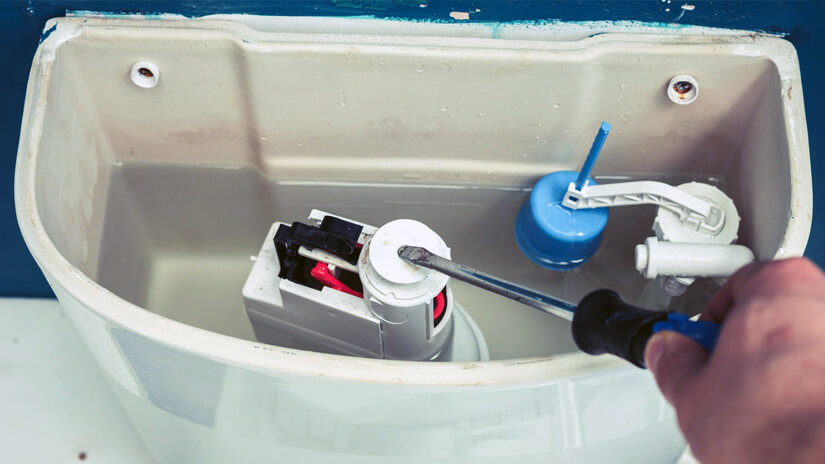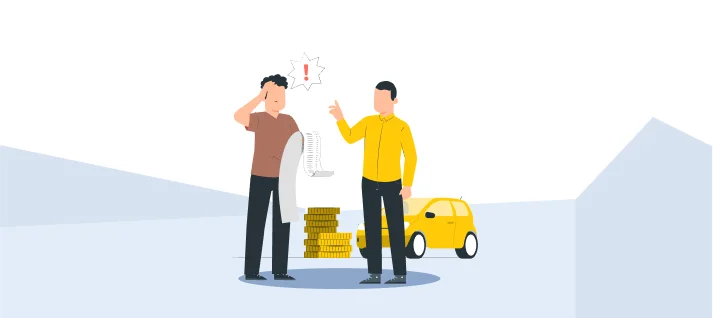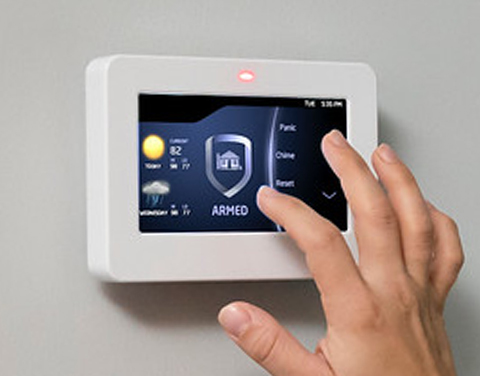There’s nothing worse than hearing the constant sound of water trickling from the bathroom long after you’ve flushed. A running toilet isn’t just a minor annoyance; it’s also a major waste of water and money. So, what can you do when your toilet keeps running? Let’s explore why this happens and when it’s time to stop playing DIY plumber and call in the professionals.
Why Does Your Toilet Keep Running?
If your toilet doesn’t stop running after flushing, it’s likely due to one of a few common issues. While some might try to tackle these problems themselves, there are good reasons to call in the best plumber Dallas has to offer, especially if you want to avoid making things worse! Here are the main culprits behind that never-ending flush cycle:
A worn-out flapper is one of the most frequent causes. The flapper is a rubber valve that controls water flow from the tank into the toilet bowl. Over time, it can deteriorate or fail to seal properly, allowing water to leak continuously. If your flapper looks damaged or worn, it could be why your toilet won’t stop running.
Next, it might be a problem with the chain. The chain connecting the flush handle to the flapper can sometimes be too long or too short. If the chain is too short, it may prevent the flapper from sealing, while a chain that’s too long might get caught underneath the flapper.
Another issue could be a high water level in the toilet tank. If the water is too high, it might be constantly draining into the overflow tube, causing the toilet to keep running. Adjusting the water level might solve this, but again, it’s better left to a professional who can get it just right.
Lastly, a leaky fill valve may also be the problem. The fill valve is responsible for refilling the tank after each flush, but if it’s faulty, it may allow water to continuously leak even after the tank is full.
Why DIY Might Not Be the Best Idea
It’s tempting to roll up your sleeves and try to fix a running toilet yourself. After all, there are plenty of online tutorials that make it look simple, right? But here’s the thing—what seems like a straightforward fix could easily turn into a bigger headache if you’re not careful.
Toilets are delicate systems with a lot of moving parts. Misdiagnosing the issue or installing a part incorrectly could end up causing more damage, leading to an even more expensive repair bill down the line. For example, replacing a flapper or adjusting the water level seems easy enough, but a small mistake could result in leaks or flooding.
A qualified plumber has the tools, expertise, and experience to fix the issue properly, without the risk of making it worse. So, if you’re not entirely confident in your DIY skills, it’s probably best to leave it to the pros.
When to Call a Plumber
If your toilet is still running after you’ve tried the usual fixes (or even if you haven’t), it might be time to call in a professional. Here are some signs that it’s time to put down the wrench and reach for the phone instead:
- Persistent running – If your toilet keeps running even after adjusting the chain, flapper, or water level, it’s likely a more complex issue.
- Strange noises – Gurgling, whistling, or loud hissing noises coming from the tank can indicate a bigger problem, such as a faulty valve or pressure issue that requires expert attention.
- Water damage – If you notice any water leaking from the base of your toilet or on the floor, don’t wait. Water damage can escalate quickly, leading to costly repairs in other areas of your bathroom.
- High water bills – If your water usage has skyrocketed and you’re not sure why, a running toilet could be the culprit. The longer it runs, the more water (and money) is going down the drain.
- Multiple toilet issues – If you’re experiencing problems with more than one toilet in your home, it could indicate a larger plumbing issue that’s beyond your control.
How Plumbers Can Fix the Issue Quickly and Safely
Calling a plumber might seem like the more expensive option at first glance, but it’s often the most efficient and cost-effective route in the long run. When you call a professional, they’ll be able to:
- Diagnose the problem accurately – A plumber will quickly identify what’s causing your toilet to run and provide the correct solution. No guesswork involved.
- Provide quality repairs – Plumbers use high-quality parts and have the expertise to install them correctly. This reduces the chances of future issues.
- Prevent further damage – By calling a plumber right away, you can prevent water damage to your bathroom and home. Plumbers can spot potential problems that you might miss and fix them before they become more significant issues.
- Save time and stress – DIY plumbing repairs can be time-consuming and frustrating. Letting a professional handle the job allows you to avoid the hassle and get back to your day.
Avoid Future Toilet Troubles
Once you’ve had your toilet fixed by a professional, you can take a few simple steps to avoid future problems. Regular maintenance can go a long way in preventing toilet issues from cropping up again:
Inspect the flapper regularly
Since the flapper is a common cause of running toilets, it’s a good idea to check it occasionally for wear and tear.
Monitor water levels
Make sure the water level in your toilet tank stays where it should be, about an inch below the top of the overflow tube. If it starts creeping up, call a plumber before it becomes an issue.
Schedule annual plumbing checks
Having a plumber inspect your plumbing system annually can catch small problems before they escalate. This includes checking your toilet for potential issues.
Running Toilet? Get It Fixed Today!
If your toilet keeps running, don’t let the problem linger. Not only is it wasting water, but it could be leading to bigger plumbing issues. Instead of diving into a DIY fix that might cause more harm than good, consider calling a professional plumber who can get the job done right the first time. It’s faster, safer, and can save you money in the long run.











